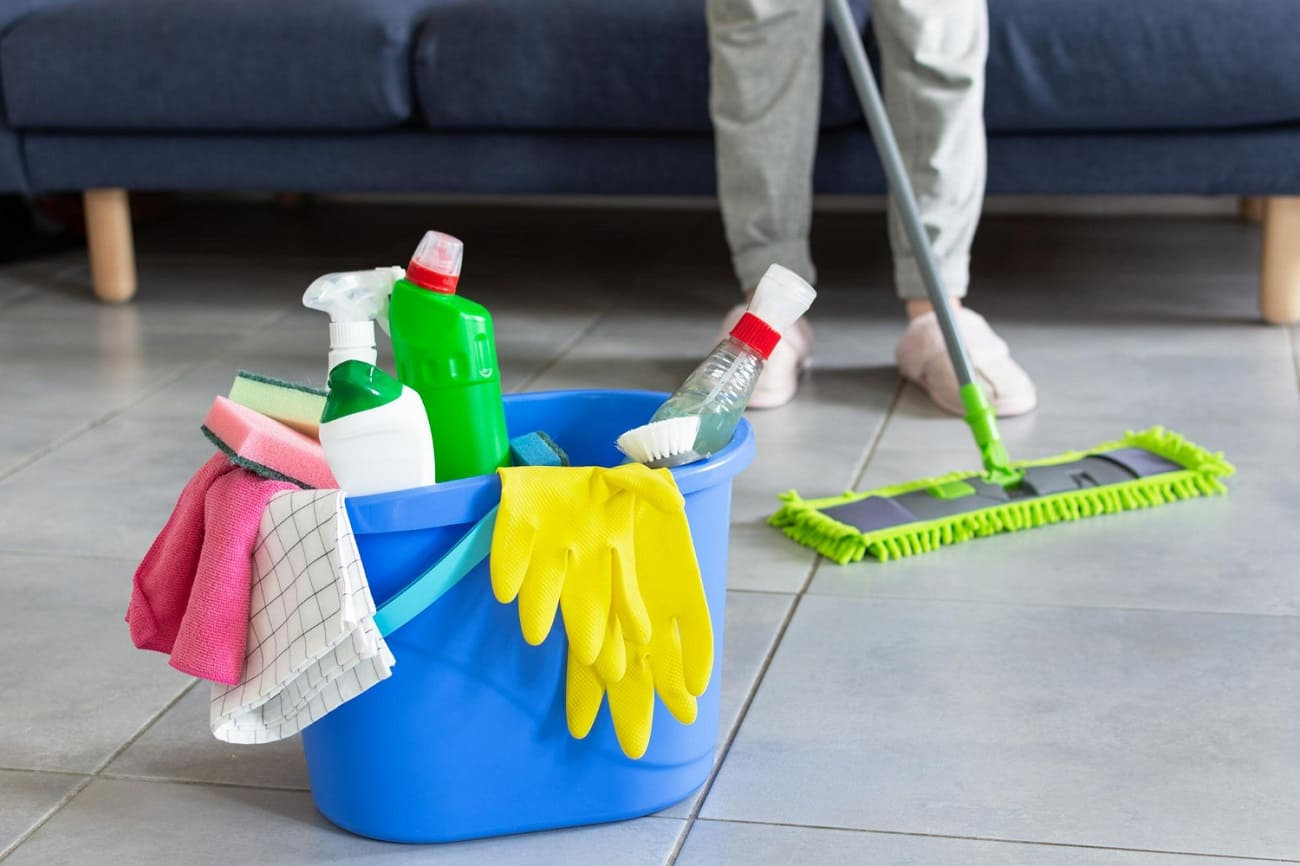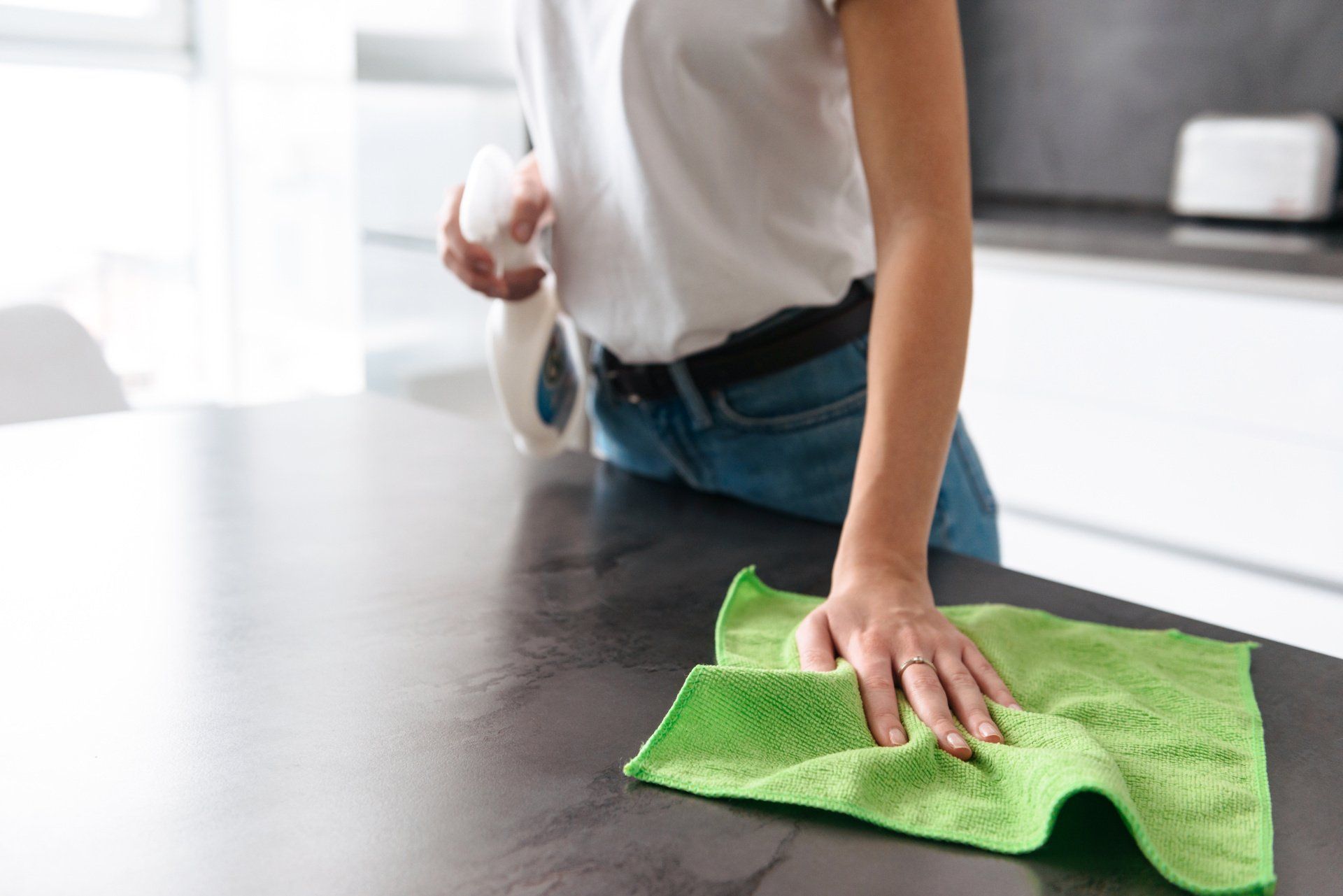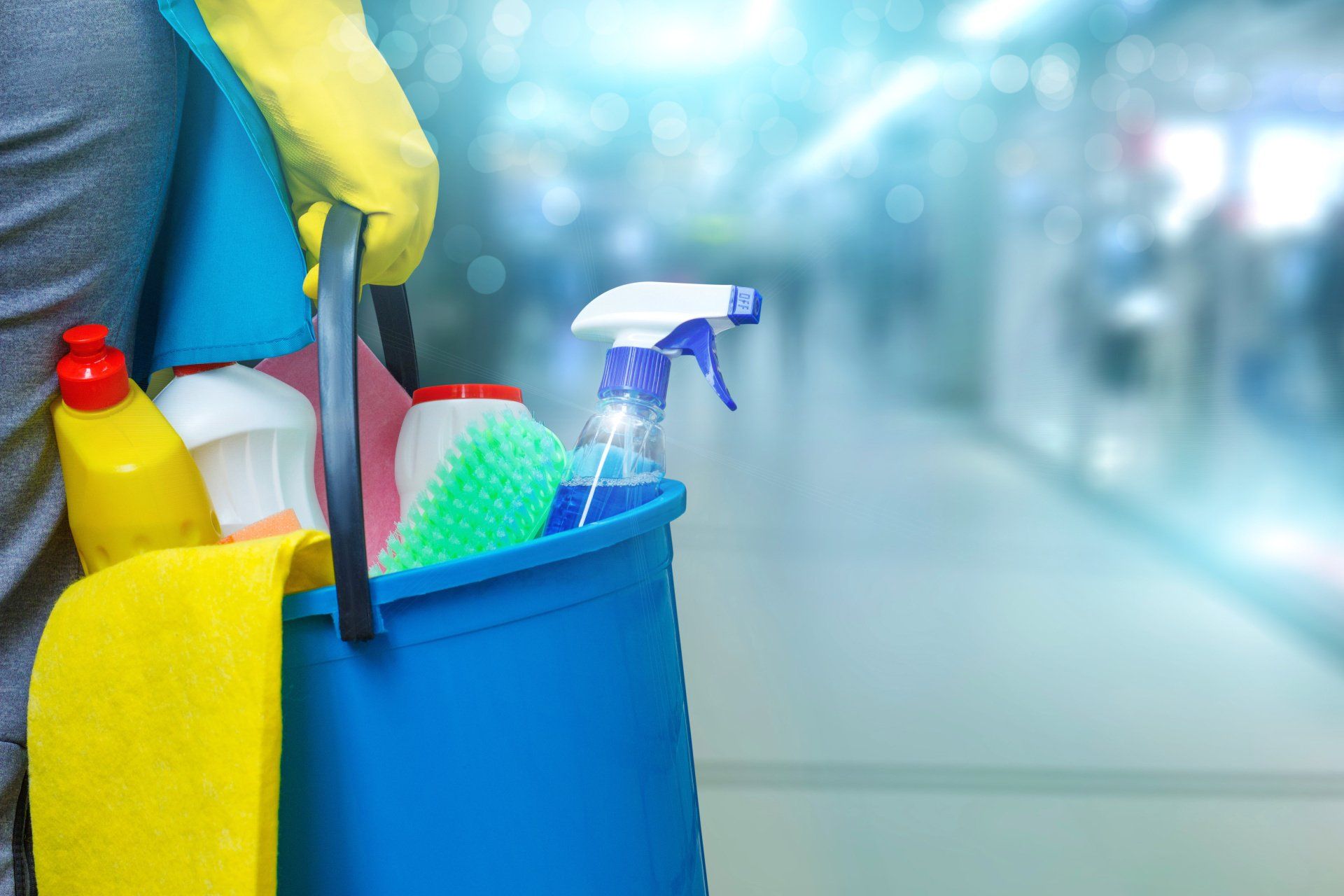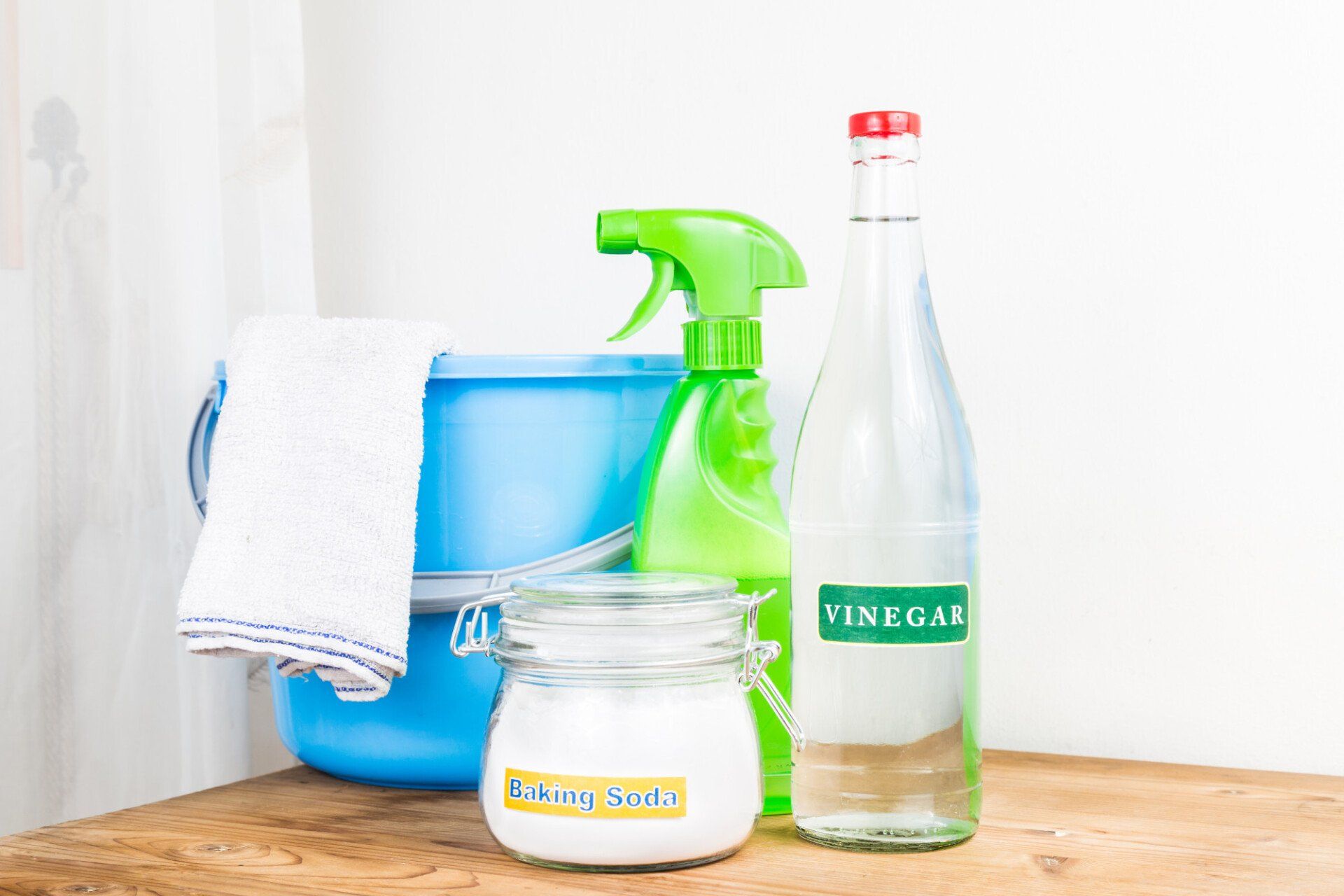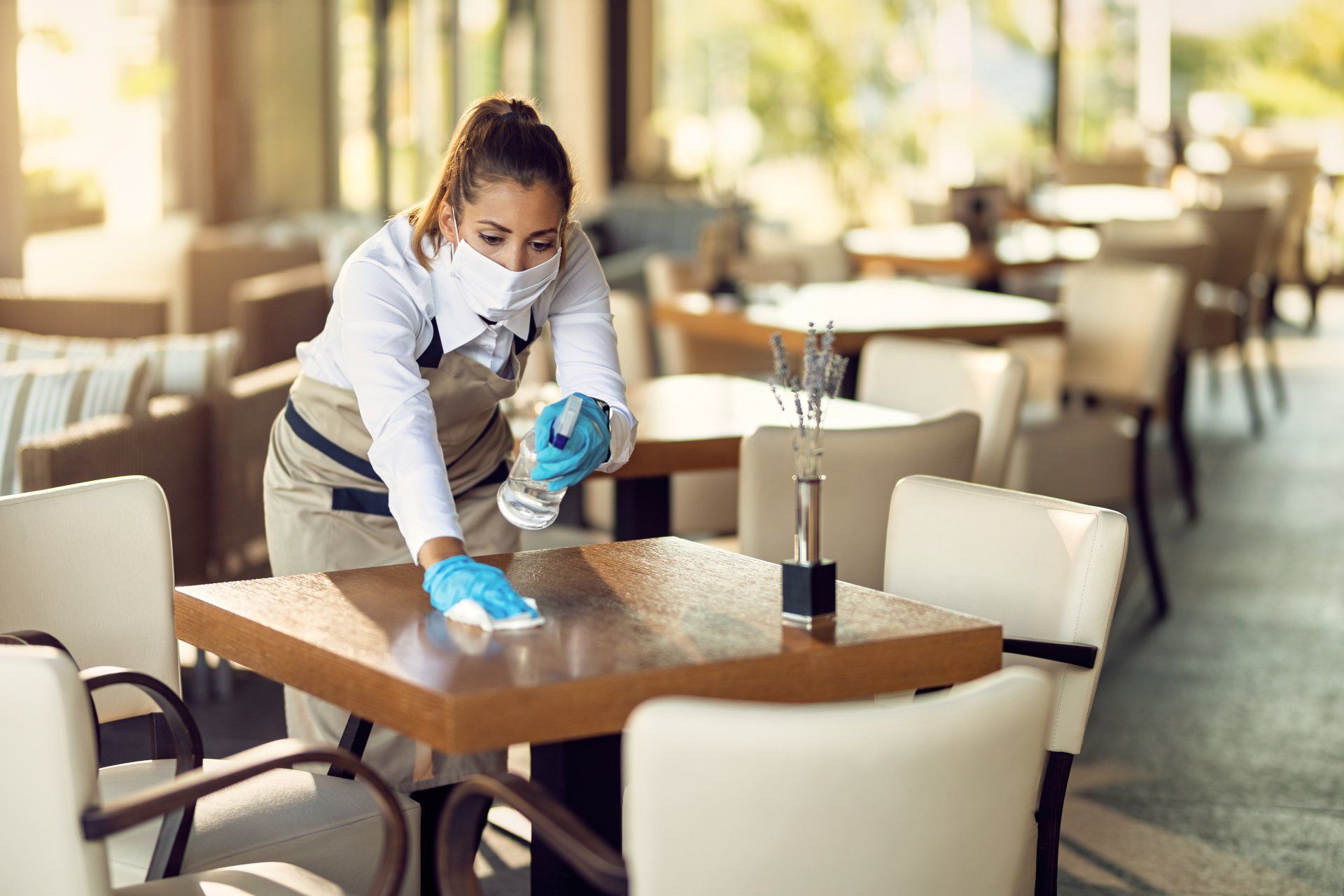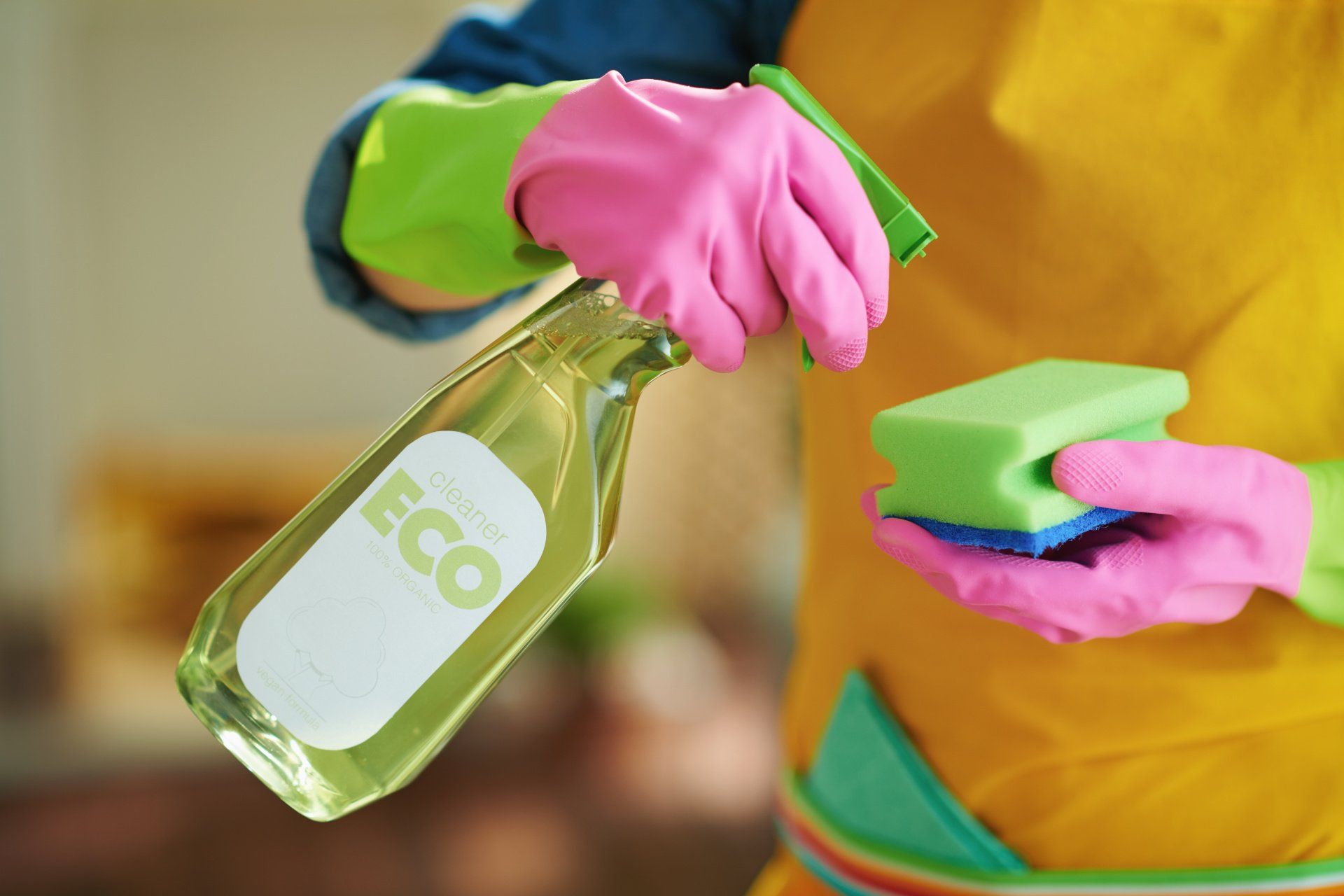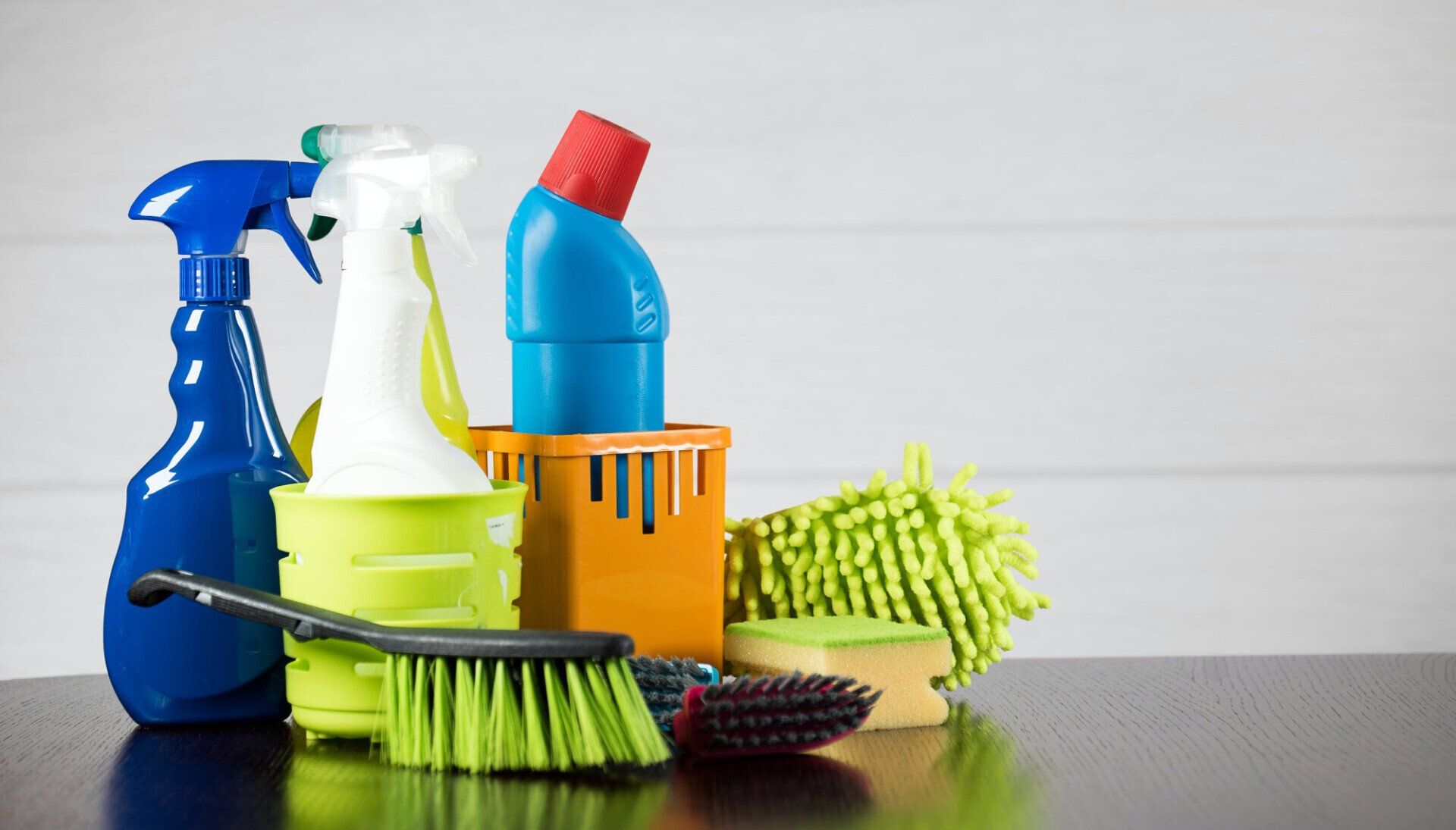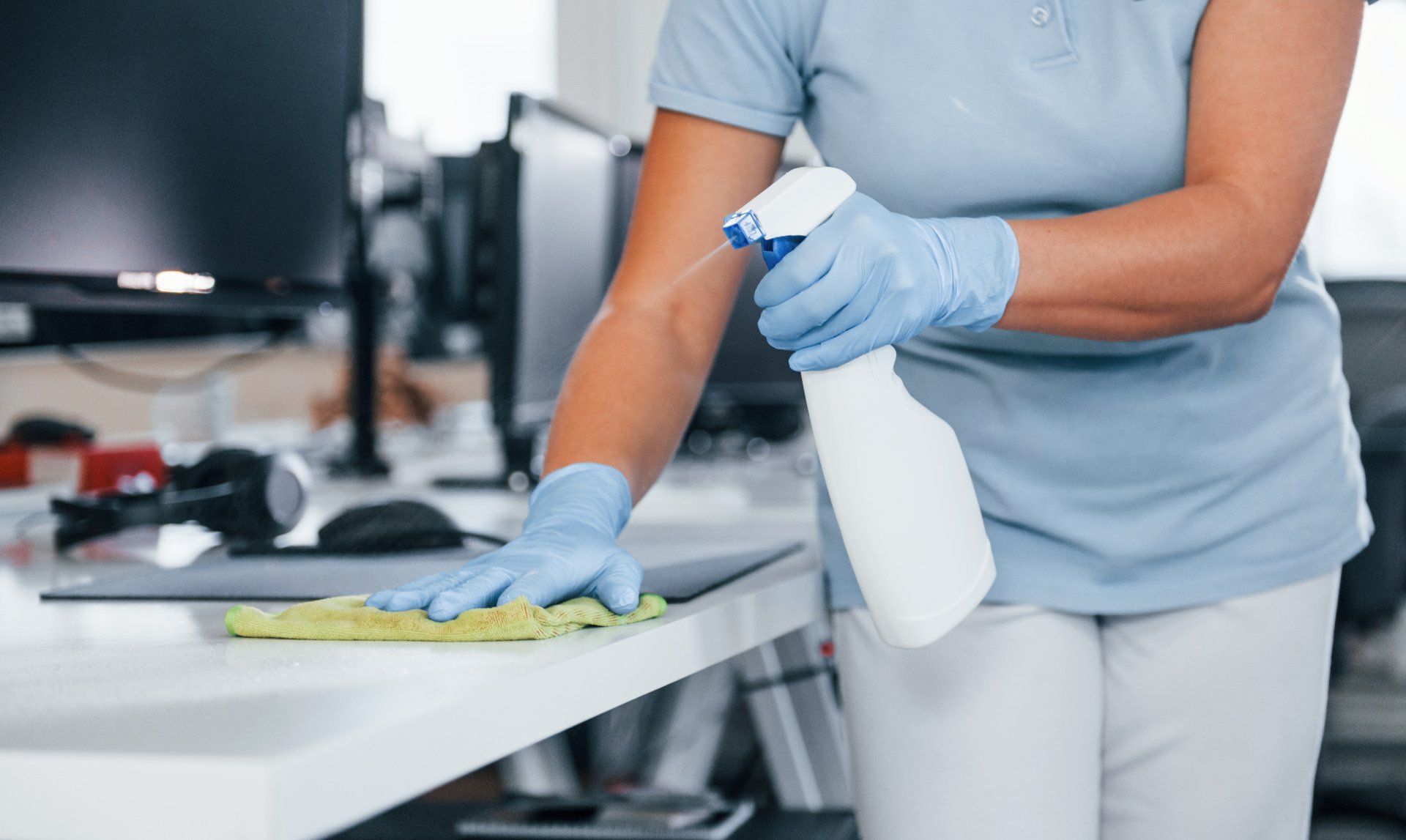How to Deep Clean a Stove: A Guide
Standard cleaning routines can leave behind some of the more stubborn stains that refuse to budge. Learn how to deep clean a stove here.
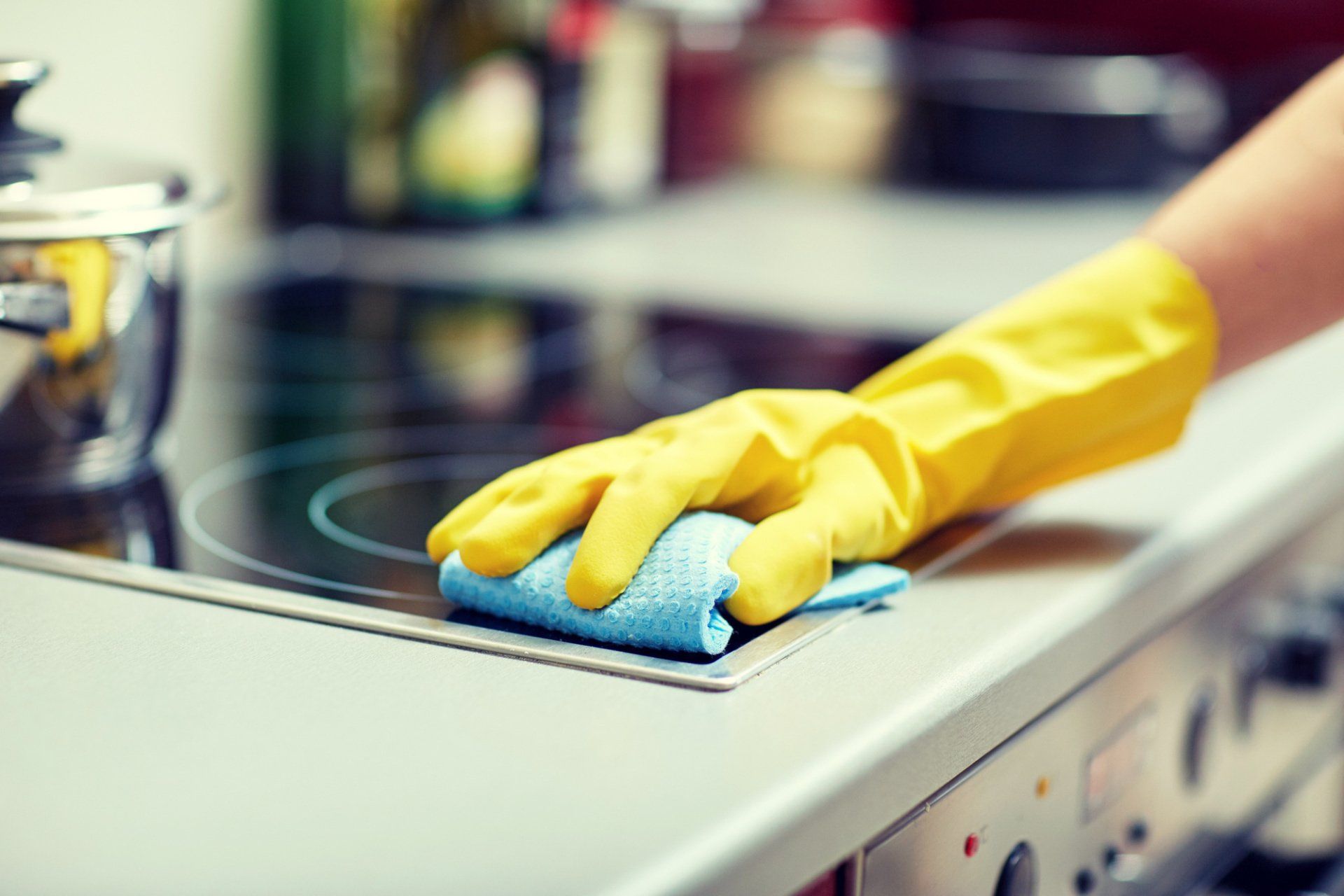
Spring is around the corner, and while the birds are getting their nests ready, we tend to want to clean out our own nests as well!
While stoves preferably need a daily wipe to prevent a messy kitchen, a deep clean is a whole different task.
Are you wondering how to deep clean a stove? You've come to the right place! We will discuss all the tips and tricks you need to get a shiny, clean stovetop!
What You Need to Clean a Stovetop
Before you get started on a deep clean, it is a must to have all the right tools. To quote an old proverb: "Good tools are half the job!"
Each type of stove will need different materials and cleaning products. However, the most important thing to remember is that you don't want to scratch the surface regardless of how much burnt-on food there is.
That is why you must use a good degreaser. A good cleaning product will do most of the work for you, allowing you to keep that precious elbow grease for another task!
When buying a degreaser, make sure you can use it on the specific surface of the stove. The last thing you want is to ruin the stove because of a cleaning agent.
Other useful tools are:
- Microfibre cloths
- Sponges
- A plastic scraper
- A soft toothbrush
How to Deep Clean a Stove
As you may know, there are several types of stovetops. While each cleaning process is similar, there are some key differences in each step.
Let's take a look!
Gas Stovetop
A gas stovetop has several components that you will need to take apart. Some of these you can put in the dishwasher, but always make sure that you check with the manufacturer before running items through the dishwasher.
First, you'll need to remove the grate. This part holds the pots and pans when you are cooking.
Second, the burner caps disperse the flames and are often black and sit on top of the burners. The third item, called the burner heads, is sometimes attached to the stove.
When it is attached, you might have difficulty cleaning it. However, if they are detachable, you can remove them and wash them with the rest of the items.
Finally, the surface usually has most of the grease and grime.
Take each removable item and spray them with a degreaser. Alternatively, wash them in your sink with a degreasing dish soap. The grate, caps, and burner heads all can withstand some heavy-duty scrubbing.
However, be careful with the surface, as this is often shiny and easily scratched.
Wipe off any excess soap and let each item dry before putting it back together.
Electric Stoves
Electric burners also have several parts and are usually the hardest to clean due to all the nooks and crannies. No worries, though! We will be with you every step of the way!
Like with gas stoves, you first need to take them apart. However, most components are actually surprisingly easy to remove.
For example, you just need to pop out the coils. Once the coils are popped out, you can remove the drip pans. Usually, the drip pans have a lot of grease and burnt food in them, so you might have to take your time cleaning and scrubbing each pan.
A great way to prevent this is to buy liners for each drip pan. Then, if your food boils over, it will go into the liner, and you can throw it away with each deep clean.
The surface of an electric stove is usually liftable. When even the drip pan overflows, the excess food will then fall into the space under the stove. This needs to be cleaned from time to time as well.
Simply lift the top like the hood of a car. Spray your degreaser and let it sit. Wipe it off, dry it, and you are done!
You can wash the removable parts with dish soap and a scrubby. Make sure everything is dry before you use the stove again, though.
Finally, the surface will likely need some elbow grease. Food and debris tend to work their way under the lip of the drip pans. Using the right cleaner will go a long way in this process.
Induction or Glass Stovetop
Finally, we have induction and glass stovetops. These are by far the easiest to clean and are marketed as such.
While wiping the stovetop after each use is highly recommended, sometimes life happens, and we need to take some drastic measures to clean built-up grease.
A good degreaser will do the trick, but sometimes you might need to spend some time scraping a little for caked-on food bits. While many experts recommend a razor, we do recommend using something less abrasive.
Razors can cause deep scratches if we aren't careful, so it is best to use a plastic scraper.
Kitchen Cleaning: Quick Tips
While cleaning the stovetop, don't forget about the knobs and oven. Most ovens nowadays have self-cleaning options.
Use this option on colder days, as the oven reaches high temperatures that will warm up the entire kitchen. You also need to be careful that kids and pets do not touch the oven at this time, as the surface will burn them. Perhaps warn your spouse as well.
During this time, you cannot use the stovetop, as all functions will lock, including the oven door.
We also mentioned the knobs that control the temperature of your stove. Have you checked under them recently? Knobs often have a lot of dried-up grease under them.
All you need to do is take them off, wash them, and you'll have a sparkling oven again. Just be careful not to scrub off the lettering.
Add Deep Cleaning to Your Household Cleaning Routine Today!
Now that you know how to deep clean your stove, you are ready for spring cleaning! Remember to grab the right tools for the job. It will make your life much easier!
Are you looking to purchase your next tools? Purbloc offers eco-friendly cleaning products for you. Head on over to our store for the best natural cleaning products!

